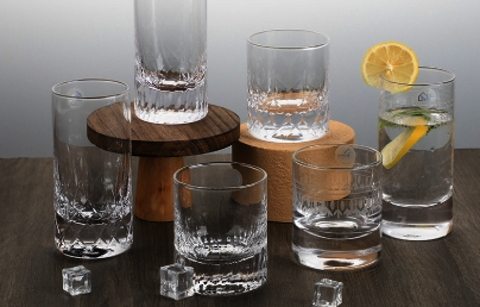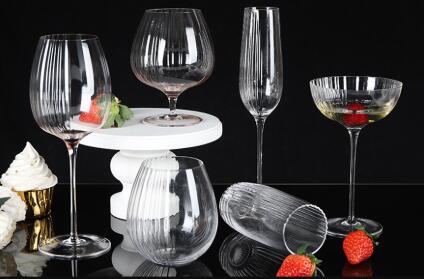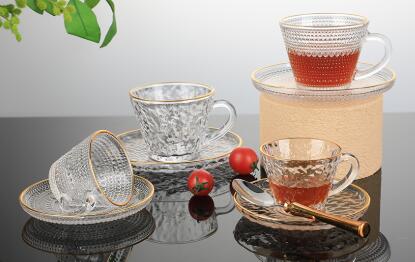Production Technology of Glassware
Pulished on Dec. 19, 2018In recent years, people's living standards have been improved rapidly, and the properties of glass are also required. Manufacturers in order to enhance the safety and artistry of glass, introduced a number of new glass products, powerful, very attractive. For example, dimming glass can be controlled by power off, which is more practical than traditional grinding glass. Next, please look at the glass molding method, understand the glassware production process.
First, the forming method of glass
After melting the powder and clinker mixed with glass composition into a crucible kiln or a pool kiln (see glass melting kiln), it is clarified into a uniform glass liquid without bubbles, stones and stripes. Recooling to meet the viscosity range required by the corresponding molding method, to carry out various molding operations.
Blowing molding

There are manual and mechanical blowing molding two ways. During manual molding, the hand held blow pipe is drawn from the crucible or the pot kiln to form the shape of an iron mold or a wood mold. Smooth circular products are blown by rotation; those with convex and concave patterns or shapes that are not circular are blown by static blowing. First pick colorless material into a bubble, and then use the bubble to pick color or opacified material blowing into the shape of a device called jackets blowing. It can be blown into natural utensils by using color fusible particles on the opacified package, and it can be blown into wire-drawing utensils when stained with ribbon opacification on color materials. Mechanical molding is used to blow large quantities of products. Automatic iron mold blower after receiving material for blowing machine Shape, remove the cap after the mold into a vessel. Press-blow molding can also be used, the material first into a bubble (embryonic), and then continue to blow into the shape of the device. It is higher efficiency and better quality than pure blowing machine.
Pressing molding

During manual forming, the artificial pick-up material is cut into the iron die, driven punch, pressed into the shape of a device, and then solidified and demoulded. Mechanical forming automatic production, large batch, high efficiency. The pressing molding is suitable for the small bottom products, such as cup, plate, cigarette cylinder and so on.
centrifugally spinning moulding
Material in the rotating mold, because of the centrifugal force produced by rotation, the glass is expanded and pressed against the mold, solidified and taken out. Suitable for forming large glassware with uniform wall.
Free forming
Also known as die-less molding. Repeatedly bake or heat bond in front of kiln with manual pick-up material. Due to no contact with the mold, the glass surface is bright and the product shape is smooth. Finished products are also called kiln glass products.
Second, the production technology of glassware
Glassware production techniques include:
Raw material pre-processing. The block raw materials (quartz sand, soda, limestone, feldspar, etc.) are crushed, the wet raw materials are dried, and the iron containing raw materials are treated to ensure the quality of the glass.
2 preparation of mixture.
3 melting. The glass mixture is heated at high temperature (1550,1600 degrees) in the tank kiln or furnace to form liquid glass which is uniform, bubble free and meets the requirements of forming.
4 forming. Place liquid glass into the mold to make glass products of the desired shape, such as plates, various utensils, etc.
Heat treatment. Through annealing, quenching and other processes, the internal stress, phase separation or crystallization, and change the structure of the glass are eliminated or produced.
Now that do you get the knowledge of producting glassware?If yes,go and tell your friends about it and show your knowledge off!









